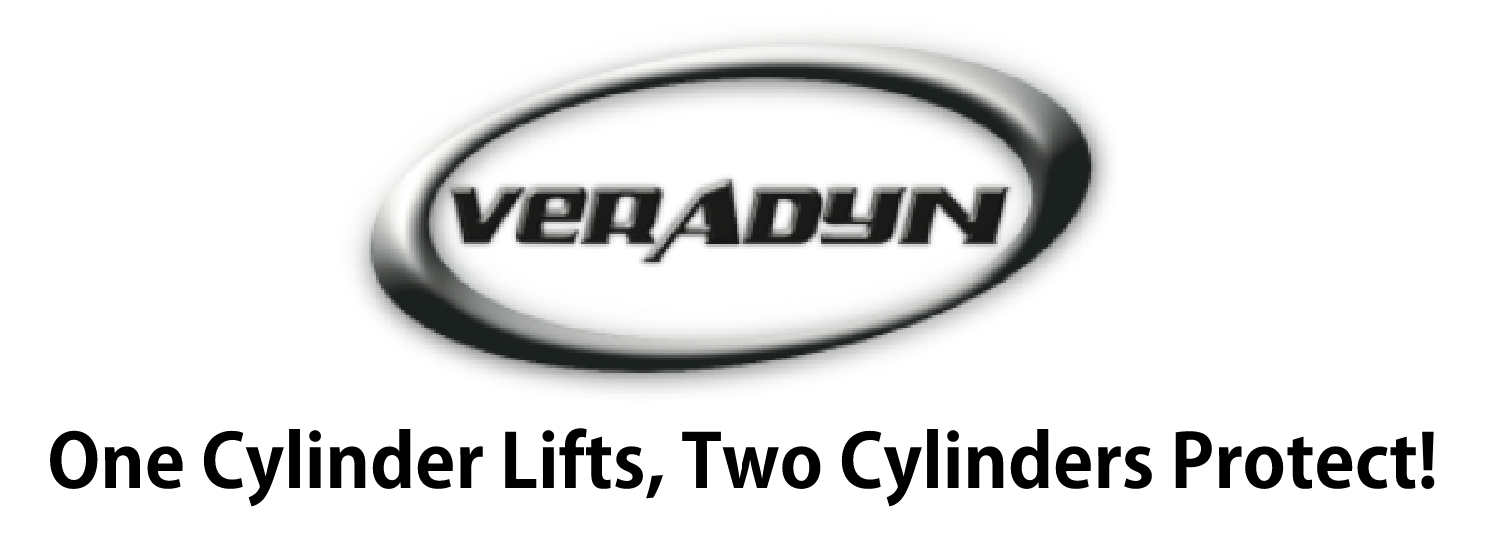Why end dumps roll on level ground!
Why Single-Cylinder End Dumps Are Prone to Rollovers — Even on Level Ground
End dump trailers are widely used across construction, agriculture, and bulk hauling — but many are still built with a critical flaw: a single hydraulic lift cylinder mounted down the center of the frame. While it may seem simple and efficient, this design introduces a major safety risk — rollover, even on level ground.
💥 Immense Force, Poor Stability
Hydraulic cylinders on end dumps generate between 40,000 and 125,000 pounds of lifting force. When that force isn’t applied perfectly straight — which is common due to uneven loading, tire deflection, or soft ground — it creates a powerful sideways push at the top of the dump body.
In a single-cylinder setup, just 2 degrees of tilt can generate over 4,000 pounds of lateral force. That’s more than enough to tip a raised trailer — especially as the center of gravity climbs during dumping.
In short the cylinder can push the trailer over when going up, down, or while reversing directions.
Level ground rollover. He moves to help but doesn’t help.
⚠️ A Fatal Design Flaw
The use of a single hydraulic cylinder is not just outdated—it’s a fatal design flaw. By placing all lifting force in one central location, the trailer is left vulnerable to rotational forces that cannot be resisted by the structure alone. This imbalance leads directly to instability and rollover, especially when loads are sticky or shift unevenly.
In countless real-world incidents, single-cylinder trailers have tipped with no warning, even when operators believed conditions were safe. These rollovers result in damaged equipment, serious injuries, and, in some cases, fatalities. Continued use of this design poses an unacceptable risk to operators and jobsite personnel.
🚾 Why Level Ground Isn’t Enough
A trailer doesn’t have to be on a slope to tip. Even on what appears to be level ground, small irregularities can create dangerous lean. Uneven loading, a tire slightly low on pressure or a soft patch of ground can be enough to lean the trailer. A small wind is enough for push an end dump over. As many operators say:
“It’s not a matter of if a rollover will happen — it’s a matter of when.”
🟩 Why Dual Cylinders Make All the Difference
Based on rollover trend analysis and comparative system geometry from MSHA case reports and heavy equipment manufacturers like Caterpillar and Komatsu, dual-sided hydraulic lift systems are estimated to reduce tip-over risk by up to 70% compared to single-cylinder configurations. These findings are based on real-world incident data and engineering evaluations in mining and heavy haul environments, where trailer tipping has led to serious injuries and fatalities.
Dual-cylinder systems, mounted on both sides of the trailer, raise the box evenly and provide critical stability. Here's why they matter:
Dual-cylinder systems, mounted on both sides of the trailer, raise the box evenly and provide critical stability. Here's why they matter:
They cancel out lateral forces, unlike single-cylinder setups that push from only one point.
They lift the body symmetrically, preventing twisting or torsional stress.
They add a bracing effect: the cylinders themselves help stiffen the trailer and resist rolling to the side.
In fact, under similar loading conditions, a dual-cylinder trailer can tolerate up to 3.4 degrees of tilt before reaching the same rollover force — a significant improvement over the 2.0–2.2 degrees seen with single-cylinder systems.
Even better, because the dual cylinders are positioned farther outboard and act like structural members, the trailer remains stable even beyond that threshold in many real-world cases.
✅ The Bottom Line
The single-cylinder design might have been acceptable decades ago, but today it’s clearly a safety liability. With heavier loads and more unpredictable dumping conditions, the risk of tipping is simply too high.
Dual-cylinder systems are not just safer — they’re essential. They reduce side load, stiffen the frame, and give operators more control during the most dangerous part of the haul: dumping.
For manufacturers, regulators, and safety-conscious operators, it’s time to recognize the obvious:
One cylinder lifts. Two cylinders protect.
Cylinder caused rollover.
Offset load testing. No rollover from cylinders.


